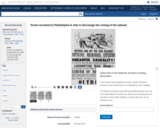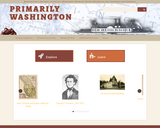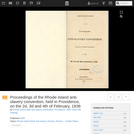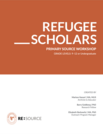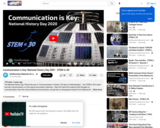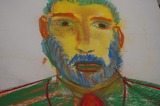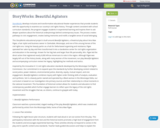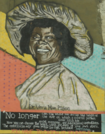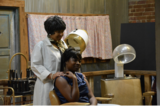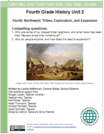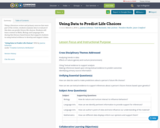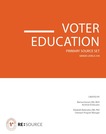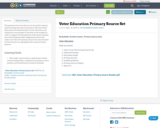
As a young man, Takashi Hoshizaki was imprisoned on McNeil Island, Washington in 1944 for resisting the draft for World War II. His resistance was part of a broader legal battle for the civil rights of over 120,000 Japanese Americans, including Takashi's family, imprisoned in American concentration camps. This lesson includes a 7-minute introduction video, lesson plan notes, activities, vocabulary, and educator resources.
- Subject:
- U.S. History
- Material Type:
- Activity/Lab
- Lesson Plan
- Primary Source
- Unit of Study
- Author:
- Japanese American Memorial Pilgrimages
- Washington OSPI OER Project
- Date Added:
- 08/02/2023



